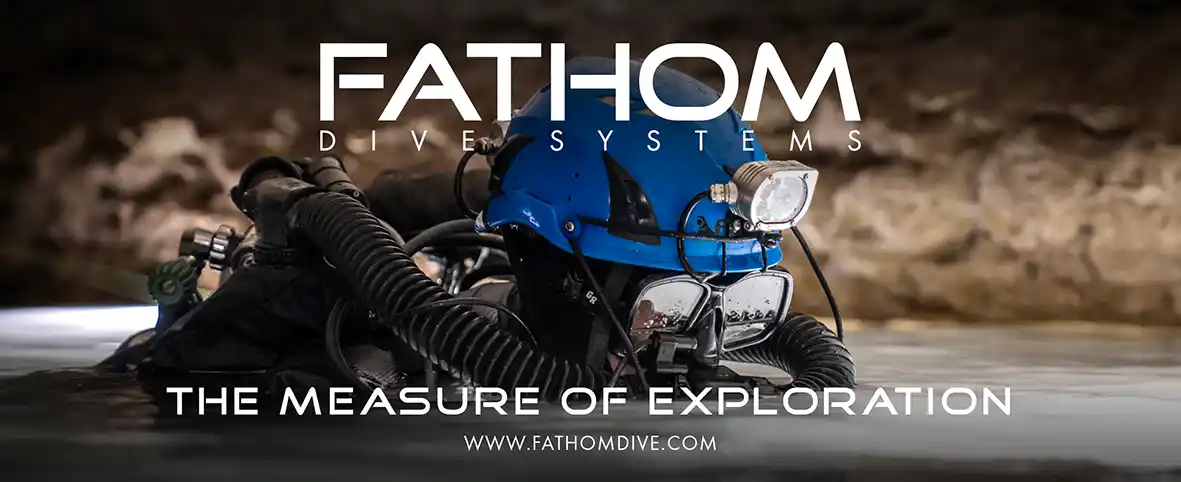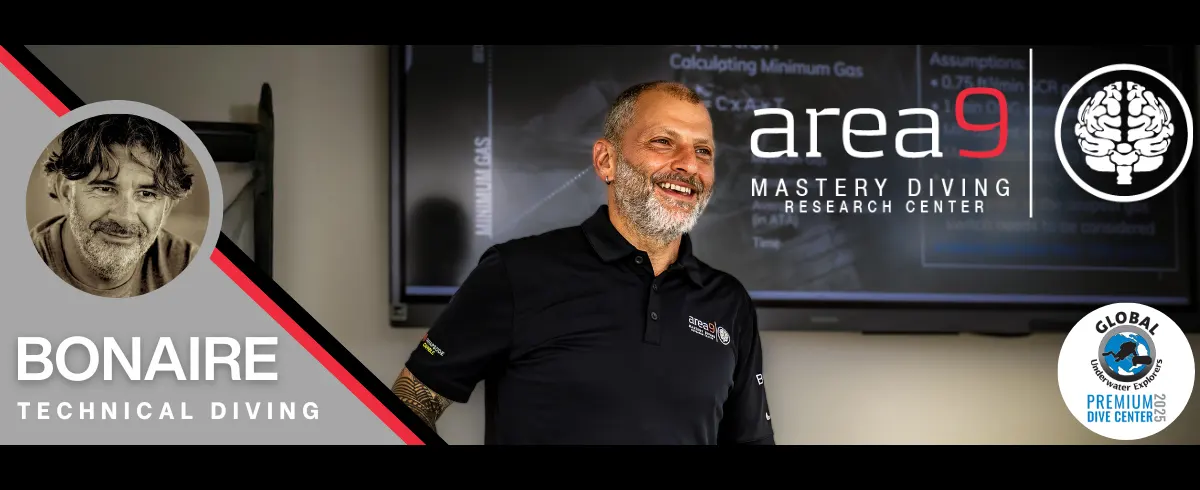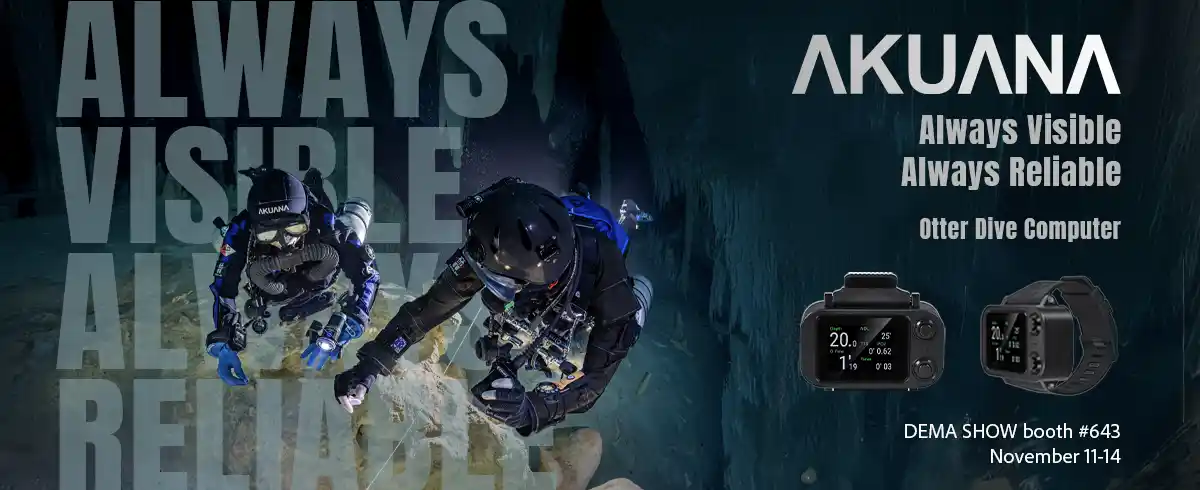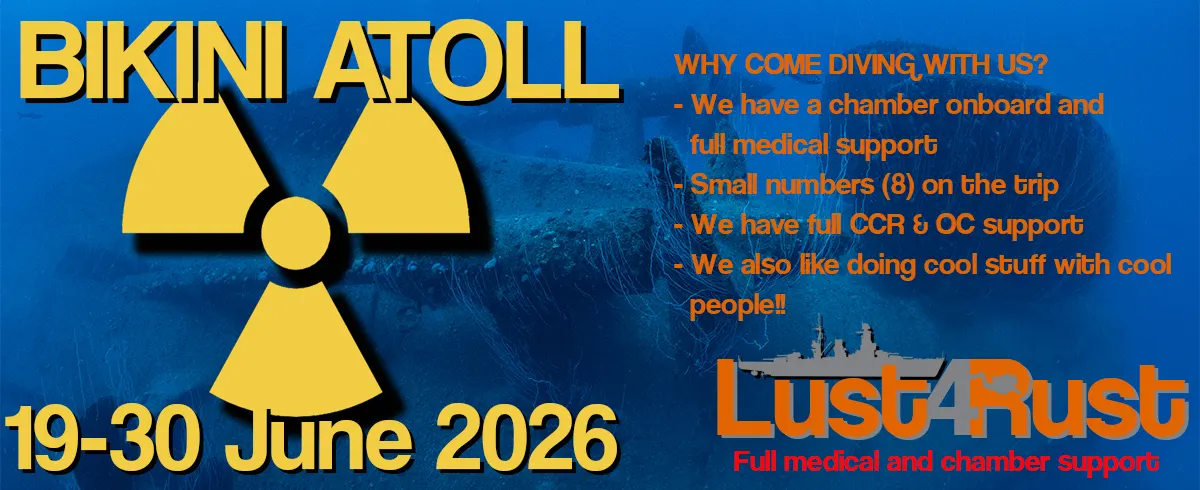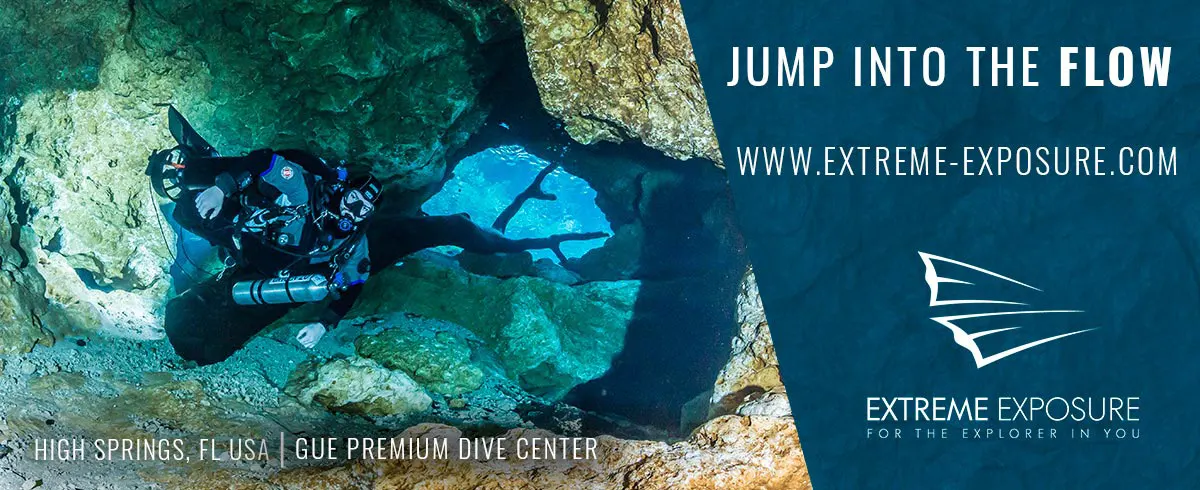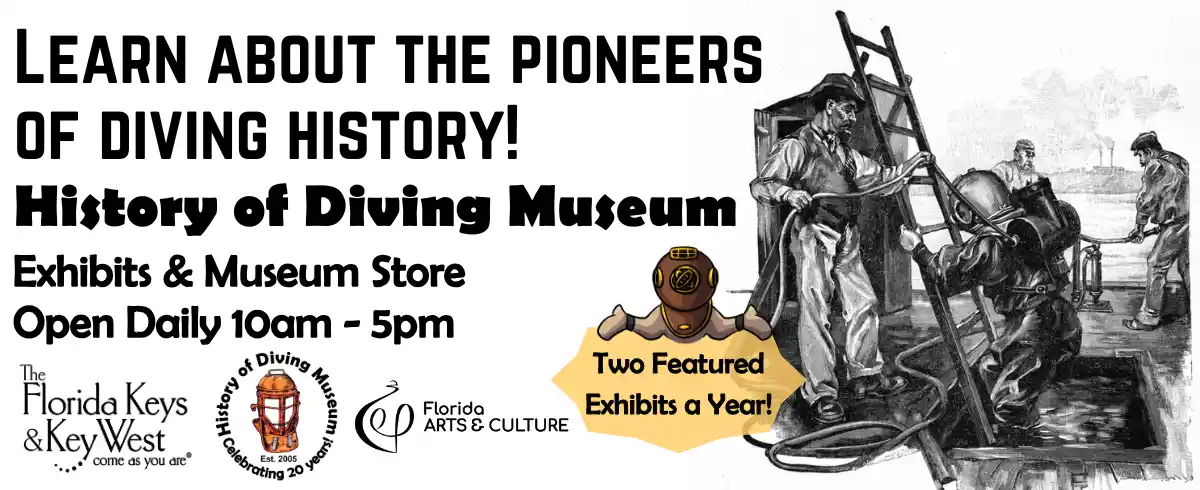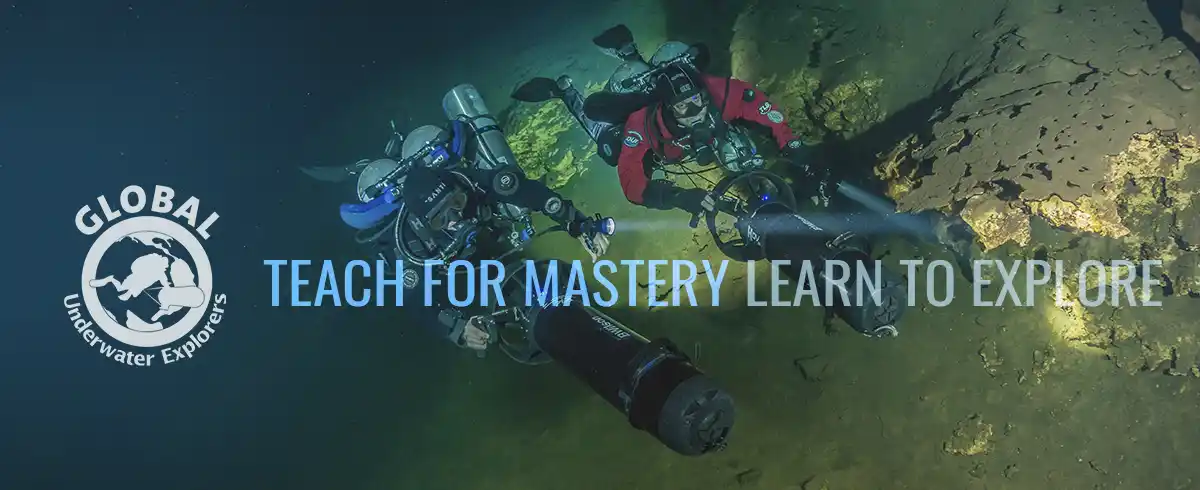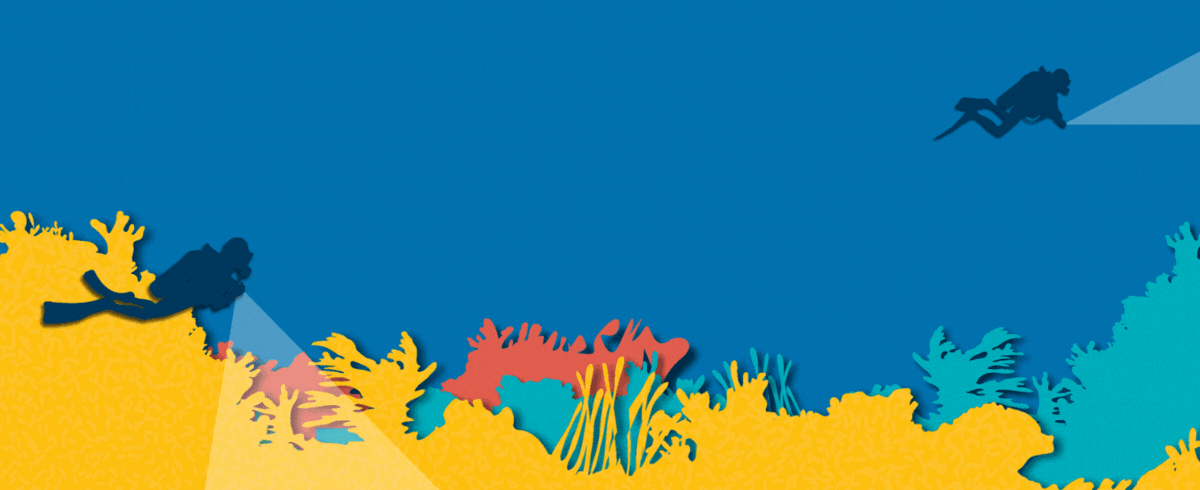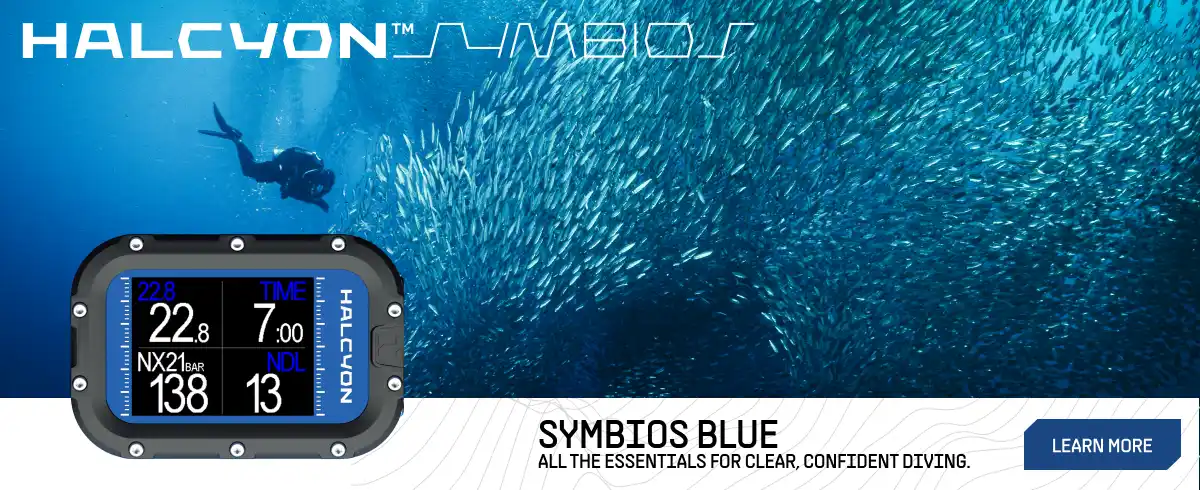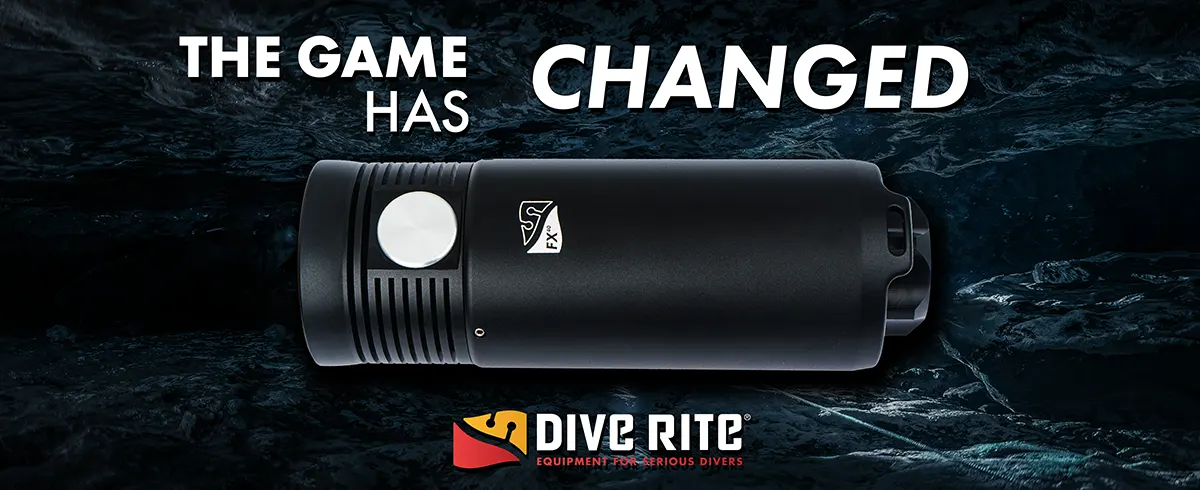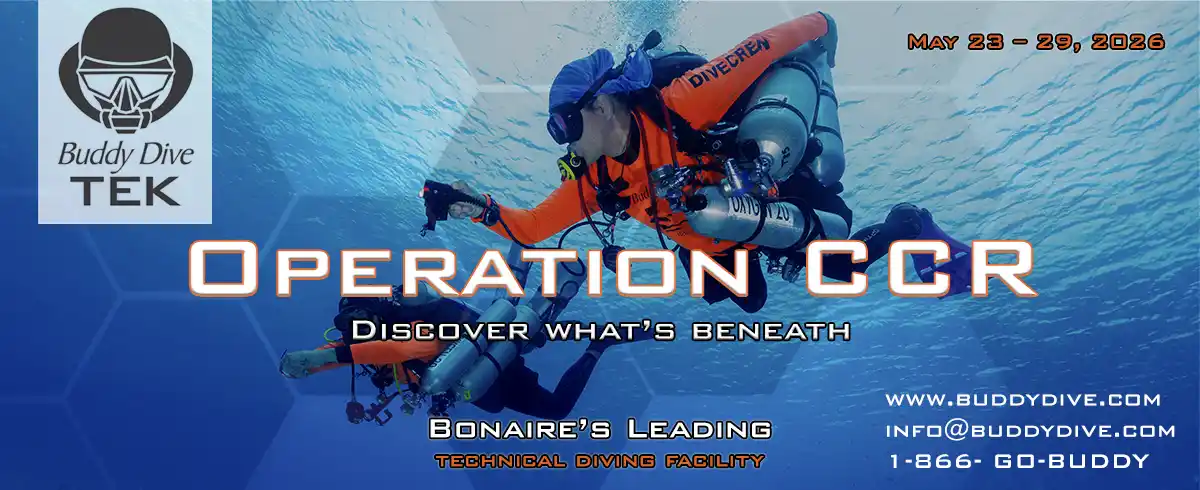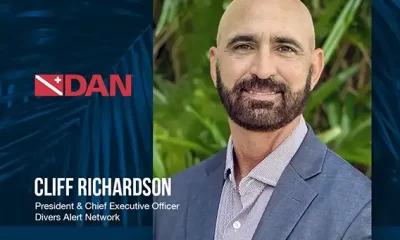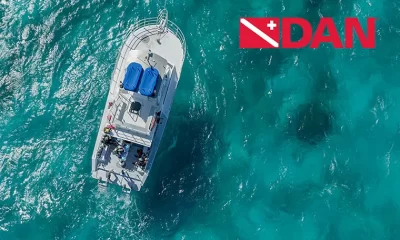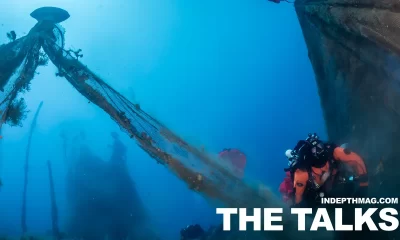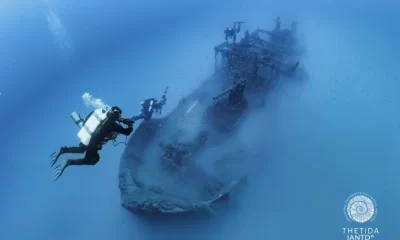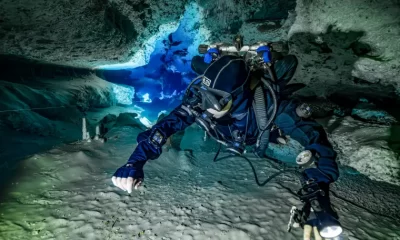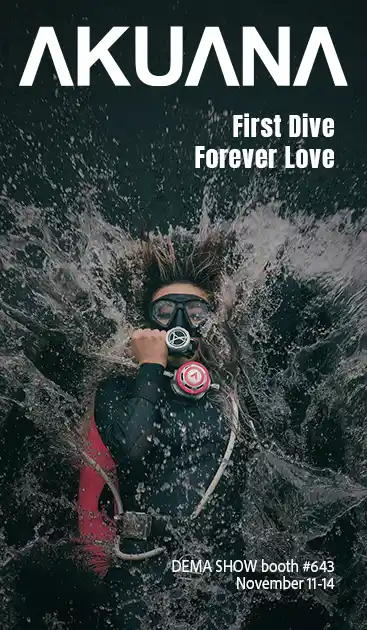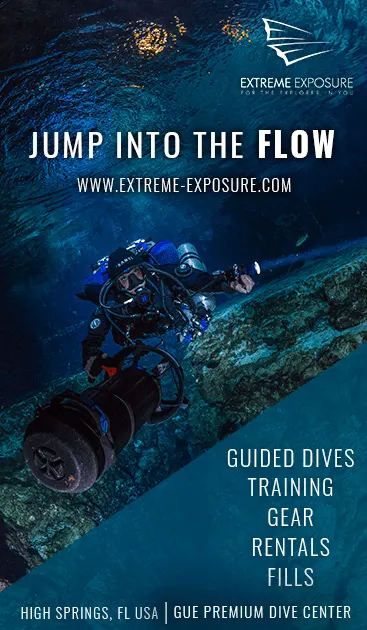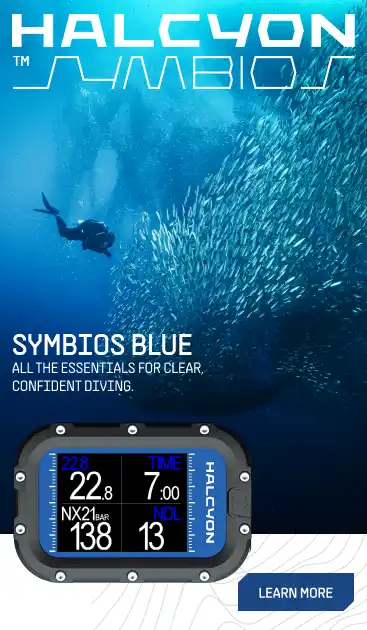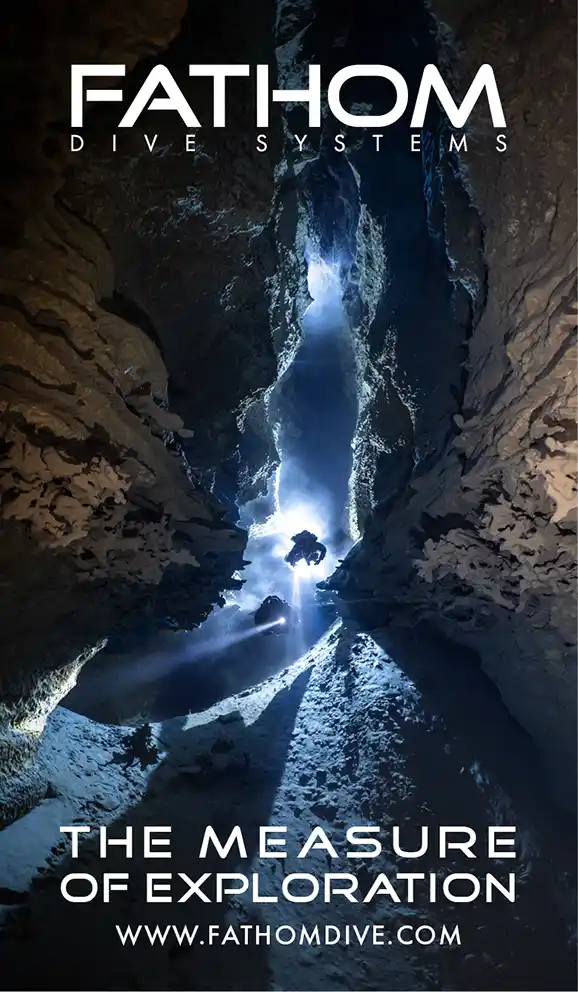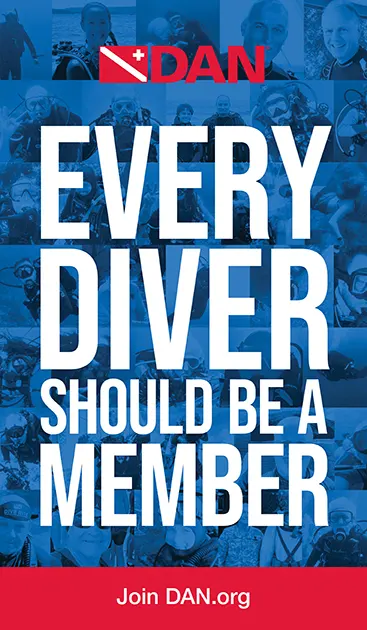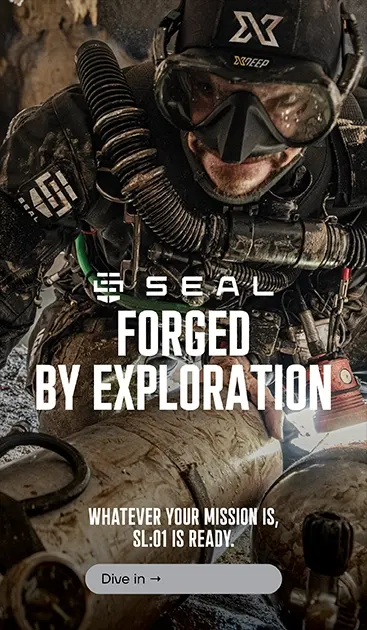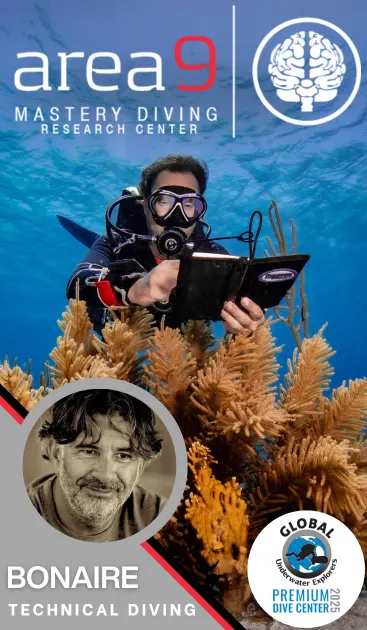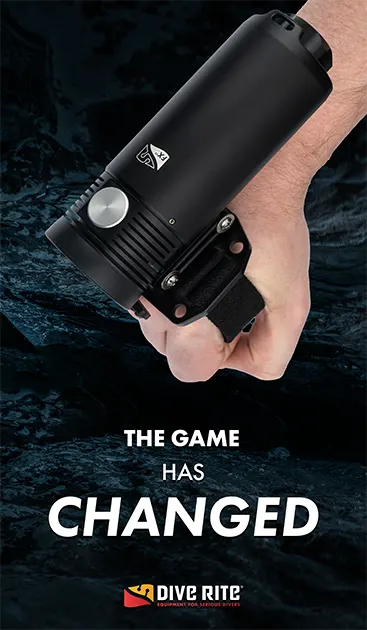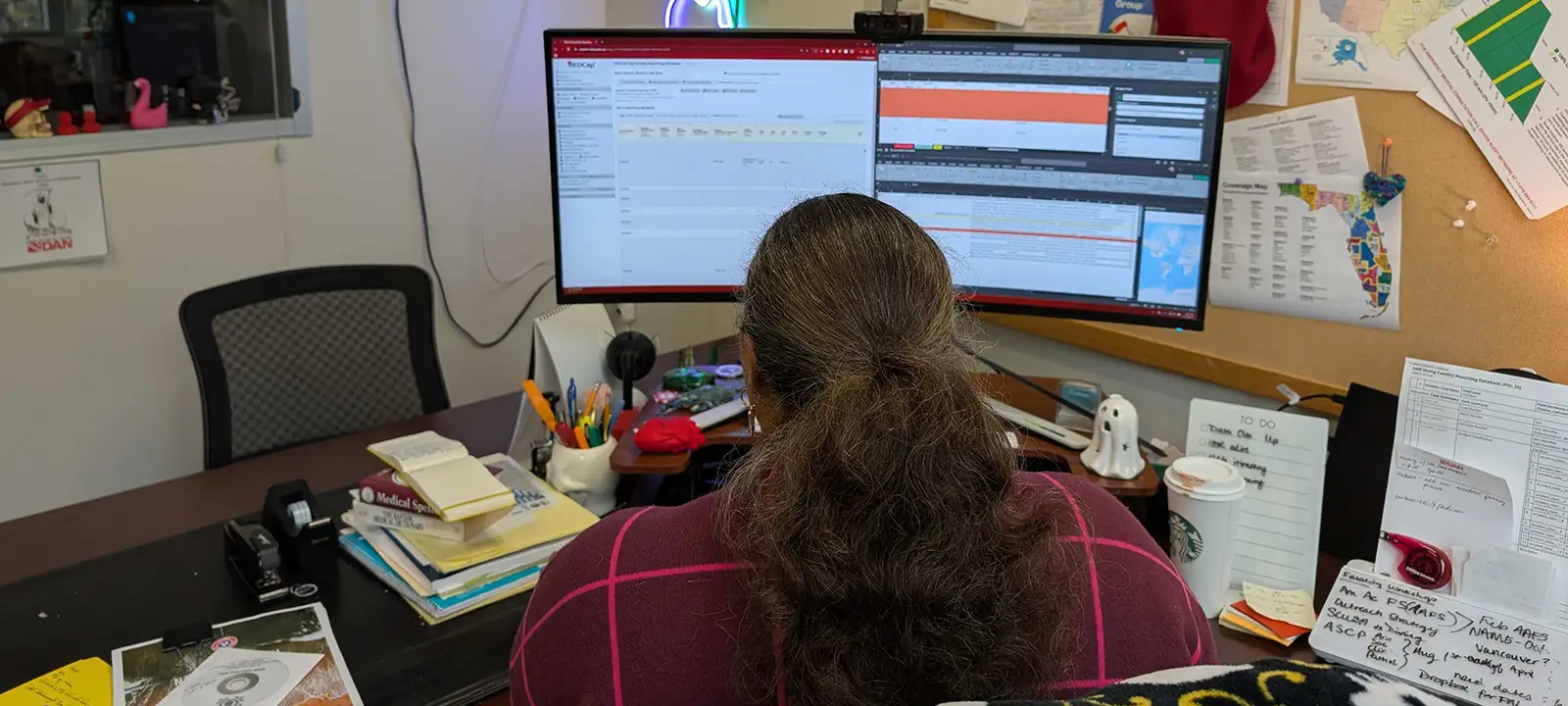
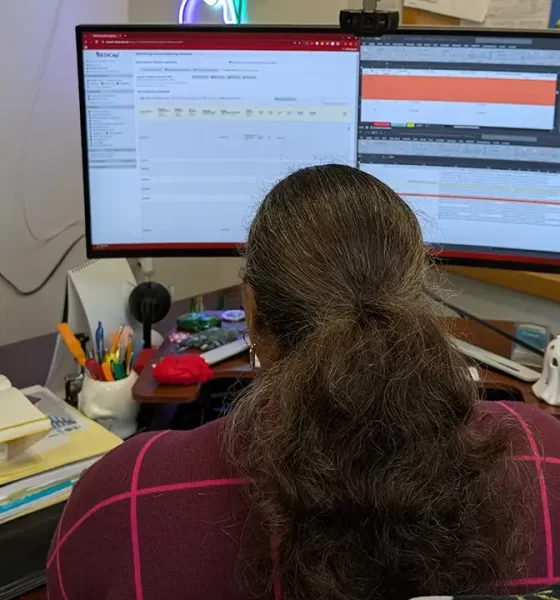
Diving Safety
Fatality and Injury Monitoring at DAN
Quantifying the frequency of diving injuries and fatalities and understanding what went wrong is arguably critical to improving diving safety, particularly in our data-challenged industry. That’s why Divers Alert Networks’ (DAN’s) incident reporting system, which includes its Annual Diving Reports, is so important! However, as you might suspect, identifying and tracking global sport diving incidents is at best a formidable task. Here DAN research associate Cat Harris explains exactly what’s involved in producing and providing the community with needed incident data.
By Cat Harris
I was seated at my desk in a small, west-facing office in Durham, North Carolina, when the phone rang. I had been scrolling and reading through hundreds of news alerts and social media posts. It took a moment for me to realize it was my phone that was ringing, but when I did, I answered: “This is Cat with DAN Research.”
“Hey Cat, this is Lt. [name redacted] with the [location redacted]Sheriff’s office, returning your call.”
To clarify, I’m a Research Associate with Divers Alert Network (DAN), and I had been following up on several dive-related fatalities that occurred earlier that week. Normally my follow-up process is virtual, but sometimes rural areas require a more personal touch to access the necessary information. This time all I required was a short conversation with the authority in charge. I outlined what DAN is and how we help with these types of fatalities, and I offered our assistance. They sent us what they had, and I passed the information on to our experts for review.

More than 40years ago, DAN was founded on three main principles:
- To provide assistance to injured divers.
- To provide physicians with health- and safety- related information about scuba diving to the general public.
- To collect statistics on diving casualties.
As a DAN Research Associate, I’m tasked with tracking down and compiling information on divers who pass away in diving-related accidents including snorkeling, freediving, recreational, technical, commercial, public safety, cave, rebreather, and scientific diving. DAN follows fatal diving accidents across the globe. The summaries are reported in the DAN Annual Diving Report; however, collecting all the information surrounding each case can take up to two years. I start each day by reading through and compiling scuba-related news alerts, social media posts, and cases I’ve heard about by word-of-mouth. From there, I have to work backwards.
Tracking Global Incidents
Standard investigations commonly involve visiting the scene, conducting thorough site investigations, and collecting evidence. Close to 300 fatalities occur every year all over the world, and our team is not equipped to physically handle those tasks. Instead, we rely heavily on law enforcement agencies, medical examiners, responding emergency personnel, and witness testimony to provide the essential details of the tragedy.
Every case we investigate comes with its own specific challenges. Sometimes, our initial notifications are missing vital information. Other times the information is conflicting. Names of the deceased are not always released right away, ages of the victims are often reported differently depending on the news outlet, locations are often vague—all of these things are vital to finding witnesses and preparing investigative reports. Multiple fatalities can occur in the same place on the same day, though perhaps not on the same dive. If names and exact locations are not reported correctly, it’s difficult to know which details belong to which case.

Our goal is to establish contact with the responding investigative party within 48 hours of initial notification. When the records are actually available, we provide a “wish list” of information but, for a variety of reasons, this information is often unavailable. Not many responding officers or investigators are divers, nor are they trained in diving-related accidents. The right questions might not have been asked, or the equipment may not have been preserved properly, leaving holes in the narrative.
It is also not uncommon for divers’ certifications and experience levels to remain unconfirmed. With so many different training agencies, the necessary information can be hard to track down. Several cases in our system have turned up Discover Scubas for divers that passed away on deep wrecks or during excursions with a hired dive guide, but nothing further—training data or logs—suggests that they were certified divers.
In some cases, dive profiles are completely missing which could mean that divers were without computers, the computers’ memories were full (leaving the last dive unrecorded), or the computers were so outdated that the dives could not be backed up or downloaded.

It’s All About The Data
Dive profiles provide an amazing set of data. We’ve been able to pinpoint the exact times of the dive when there was a spike in PO2 which identified a potential trigger event. This information, however, can be inconclusive if not paired with the right analysis. Gear inspection and gas analysis are crucial parameters when trying to identify possible trigger events that led to a fatality. Our team is not present for gear inspections; these are conducted by local experts—but only if law enforcement is aware of expert resources and only if those resources are available.
Photographs and summaries are made available to us once gas analysis and gear inspections are completed. Gas analysis can only happen if there is gas available to test. For cases where the diver ran out of gas or was found with an empty tank, that leaves yet another set of unknown factors that may or may not have impacted decision-making and, as a result, led to the accident. Not often, but in some instances, equipment not properly preserved or stored may have leaked by the time a gas analysis is requested which impedes the investigation. On rare occasions, bodycam footage of the responding officers or videos of the recovery are made available, which can provide a goldmine of information that would otherwise be missing. This is the best we can do, since we cannot conduct independent scene investigations.
Filling in the gaps without further questioning would be speculative and lead to dangerous, general assumptions. We still need divers’ past medical histories, their fitness levels and/or their medical clearance to dive, their training levels to see if they were diving within their competencies, and—if they were conducted—the autopsy and toxicology reports.

For diving-related incidents, the autopsy procedure involves specific radiographic imaging, unique dissections, and careful considerations for the heart, lungs, and brain to evaluate the location and abundance of intravascular bubbles, if there are any present. There are also techniques to test for potential pneumothorax, identify a patent foramen ovale, and recognize any possible signs of barotrauma. In addition to these special considerations, the autopsy should also focus on identifying any evidence of underlying disease that may have incapacitated the diver. The autopsy report, coupled with the toxicology and other investigative reports, helps complete the picture.
Once I’ve put together the name, age, location, and (if we have them) dive profile, gear inspection, and gas analysis for a specific case, I present everything to a team of consulting pathologists and researchers. Our common goal is to conduct a root-cause analysis to identify disabling injuries and trigger events that led up to the fatality.
Often, the final cause of death will be listed as drowning. This is a logical endpoint because most of the time divers become incapacitated underwater. Our goal at DAN is to identify the chain of events or root causes leading up to the incident. As case files become more complete, expert pathologists and physiologists review the case details to come to a consensus on the disabling injuries and trigger events for our summaries and reports.

In Conclusion
It may seem that our interest in diving fatalities is morbid curiosity; however, this is far from true. It has become increasingly important—after recognizing the gap in reporting—that we assist victims’ families and loved ones with as many answers as we can. Our hope is that knowing what could have possibly happened to their loved one may help them find some closure.
Divers understand that there is an inherent risk in the activity, but the nuances of said risk vary by each individual; these risks are not always understood by non-diving family members and friends. Even for divers, the loss of a buddy is hard to comprehend. Any insight may offer a sense of peace to those of us left behind and allow the community to create new prevention strategies. There is safety in numbers—not just in sport, but in data as well.
According to the Diving Equipment and Manufacturing Association (DEMA), there are an estimated six million active recreational divers worldwide. [Ed. Note: Alternatively, our partner Business of Diving Institute estimates there are 8.6 m scuba divers globally, in what we regard as one of the most comprehensive analyses of the market.] With the age of divers increasing, new medical challenges like COVID-19, and new medications on the market, understanding our health and being aware of potential risks to diving have become more paramount. Luckily, technology has allowed us to simplify and streamline the data collection process for such instances.

In 2021, DAN re-launched the Diving Incident Reporting System as an anonymous tool for divers and companions to report any incidents—fatal and non-fatal—that they had witnessed or had been involved in. We’ve since expanded this effort and extended this resource for law enforcement, the United States Coast Guard, and medical examiners to report and upload records of fatalities.

Multiple organizations, including DAN, have taken on the task of identifying and quantifying such cases. DAN has begun collaborating with the United States Coast Guard, Underwater Hypoxic Blackout Prevention, and the Center for Disease Control to help bridge the gap in this reporting.
To learn more about DAN’s Fatality and Injury Monitoring initiatives, visit: Surveillance of Fatal Injuries in Diving
DIVE DEEPER
Divers Alert Network: Publication Library (Includes Annual Diving Reports)
InDEPTH: Has Rebreather Diving Gotten Safer?
InDEPTH: Is Freediving Safe?
InDEPTH: Examining Early Technical Diving Deaths: The aquaCORPS Incident Reports (1992-1996)

Cat came to DAN in 2021 after maintaining aquariums throughout Michigan. While studying Marine Biology at the University of Hawaii at Manoa, Cat trained as a scientific diver and went on to work for dive shops, aquariums and the National Atmospheric and Oceanic Administration. Utilizing her knowledge as a working diver, she regularly applies her training and expertise when conducting root-cause-analysis on fatal dive accidents. As a Research Associate with DAN, Cat maintains and coordinates data collection for non-fatal, fatal dive accidents and near-misses. She still regularly dives in her free time, working on various maritime archeology projects and assists or teaches students through PADI, SDI and UTD.



